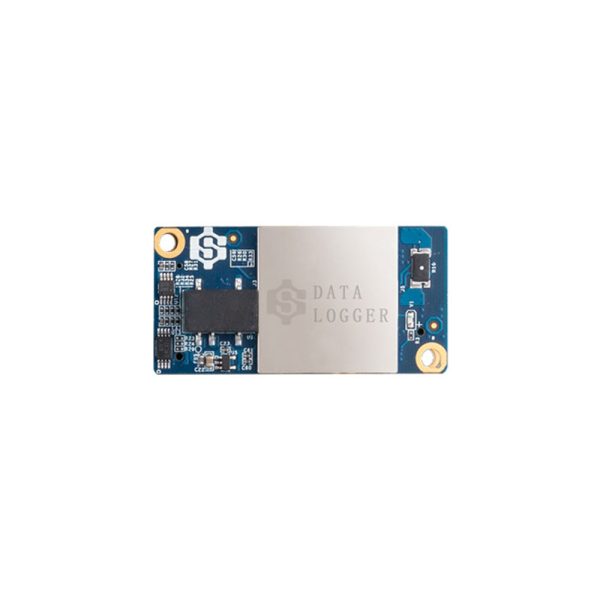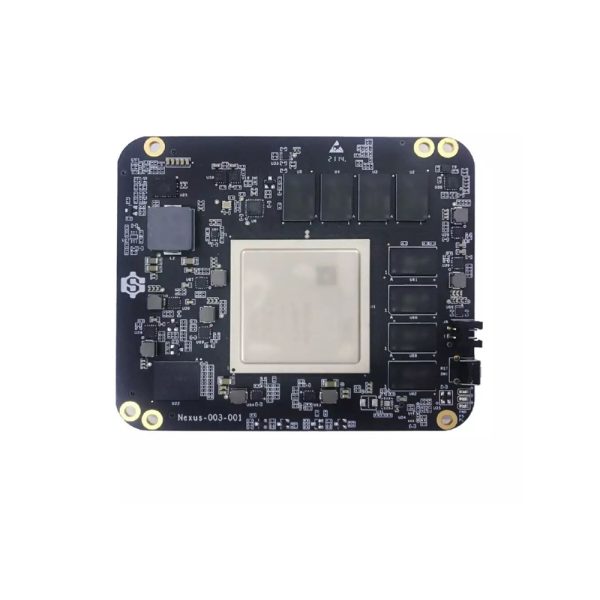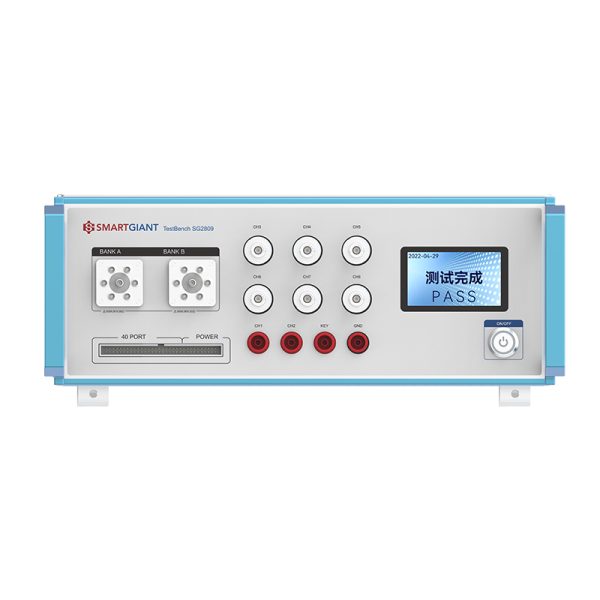
As technology continues to evolve, the field of electronics is constantly pushing boundaries and finding new ways to improve efficiency and performance. One such innovation that has gained significant attention in recent years is the fpga system on module (SoM). This article aims to provide a comprehensive analysis of this emerging trend and its impact on industries.
The Rise of FPGA System on Module
FPGA system on module refers to a compact electronic circuit board that integrates a Field-Programmable Gate Array (FPGA) with other essential components onto a single platform. This integration allows for greater flexibility, scalability, and ease of use in various applications. By combining the power of an FPGA with additional functionalities such as memory, processors, and communication interfaces, developers can create highly customized solutions tailored to specific needs.
One key advantage of using an FPGA system on module is its ability to accelerate development cycles. With pre-designed modules readily available, engineers can focus their efforts on application-specific design rather than starting from scratch. This significantly reduces time-to-market for new products or systems.
In addition to faster development cycles, another benefit lies in the versatility offered by FPGAs themselves. These programmable devices allow for real-time reconfiguration at hardware level without requiring any physical changes or replacements. As a result, companies can adapt their systems quickly according to changing requirements or market demands.
The Role Played by SMARTGIANT
SMARTGIANT is one prominent player in the field of FPGA system-on-modules. They offer a range of high-performance SoMs designed specifically for industrial automation applications. Their modules are equipped with advanced features such as multi-core processors, high-speed connectivity options like Ethernet and USB 3.0 ports, as well as support for popular operating systems like Linux.
By leveraging SMARTGIANT’s FPGA SoMs, businesses can enhance their automation processes, improve system reliability, and achieve higher levels of efficiency. These modules are particularly beneficial in industries such as robotics, machine vision, and data acquisition where real-time processing and high-speed communication are crucial.
The Advantages of DMM Modules
DMM (Digital Multimeter) modules play a vital role in many electronic systems by providing accurate measurements of voltage, current, resistance, and other electrical parameters. When integrated with an FPGA system on module, these dmm modules offer enhanced functionality and performance.
With the ability to directly interface with the FPGA fabric through dedicated interfaces or protocols like SPI or I2C, DMM modules enable seamless integration into larger systems. This allows for more efficient monitoring and control capabilities within various applications ranging from industrial automation to scientific research.
The Future Outlook

FPGA system on module technology is expected to continue its rapid growth in the coming years. As industries increasingly demand flexible solutions that can adapt to changing requirements quickly while maintaining high performance standards, the versatility offered by FPGAs will become even more valuable.
Furthermore, advancements in semiconductor manufacturing processes will lead to smaller form factors and increased power efficiency for FPGA SoMs. This will open up new possibilities for their implementation across a wide range of industries including automotive electronics, aerospace systems, medical devices, and more.
In conclusion,the emergence of FPGA system on module has revolutionized the way electronic systems are designed and implemented. With its ability to accelerate development cycles while offering unparalleled flexibility,fpga system on module is poised to reshape various industries by enabling faster innovation cycles.


